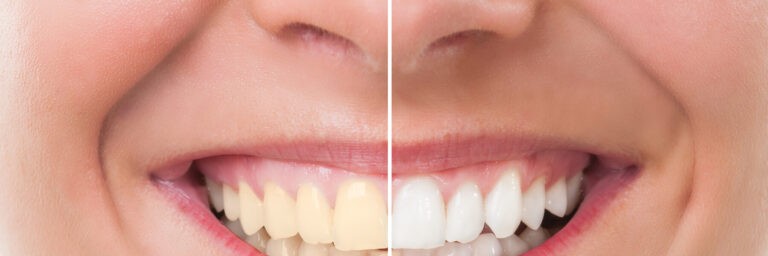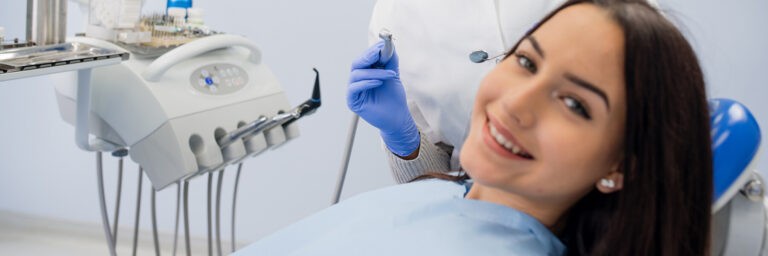Soft Tissue Management

Periodontitis has an inescapable relationship with subgingival calculus (tartar). The first step in any procedure is to eliminate calculus under the gum line, as it houses destructive anaerobic microorganisms that consume bone, gum and cementum (connective tissue) for food.
Most alternative “at-home” gum disease treatments involve injecting anti-microbial solutions, such as hydrogen peroxide, into periodontal pockets via slender applicators or oral irrigators.
This process disrupts anaerobic microorganism colonies and is effective at reducing infections and inflammation when used daily. A number of potions and elixirs that are functionally equivalent to hydrogen peroxide are commercially available but at substantially higher cost. However, such treatments do not address calculus formations, and so are short-lived, as anaerobic microorganism colonies quickly regenerate in and around calculus.
If a patient has the symptoms of mild periodontal disease we will recommend that they come in for prophylaxis (cleaning) three times per year instead of two times. This, along with excellent home care, may be enough to stop the disease from progressing. In cases where this is not enough, we will recommend that periodontal scaling and root planing be performed.
Our objective is to give patients the best care for their individual needs so that their teeth and gums will serve them well for their entire lifetime.







